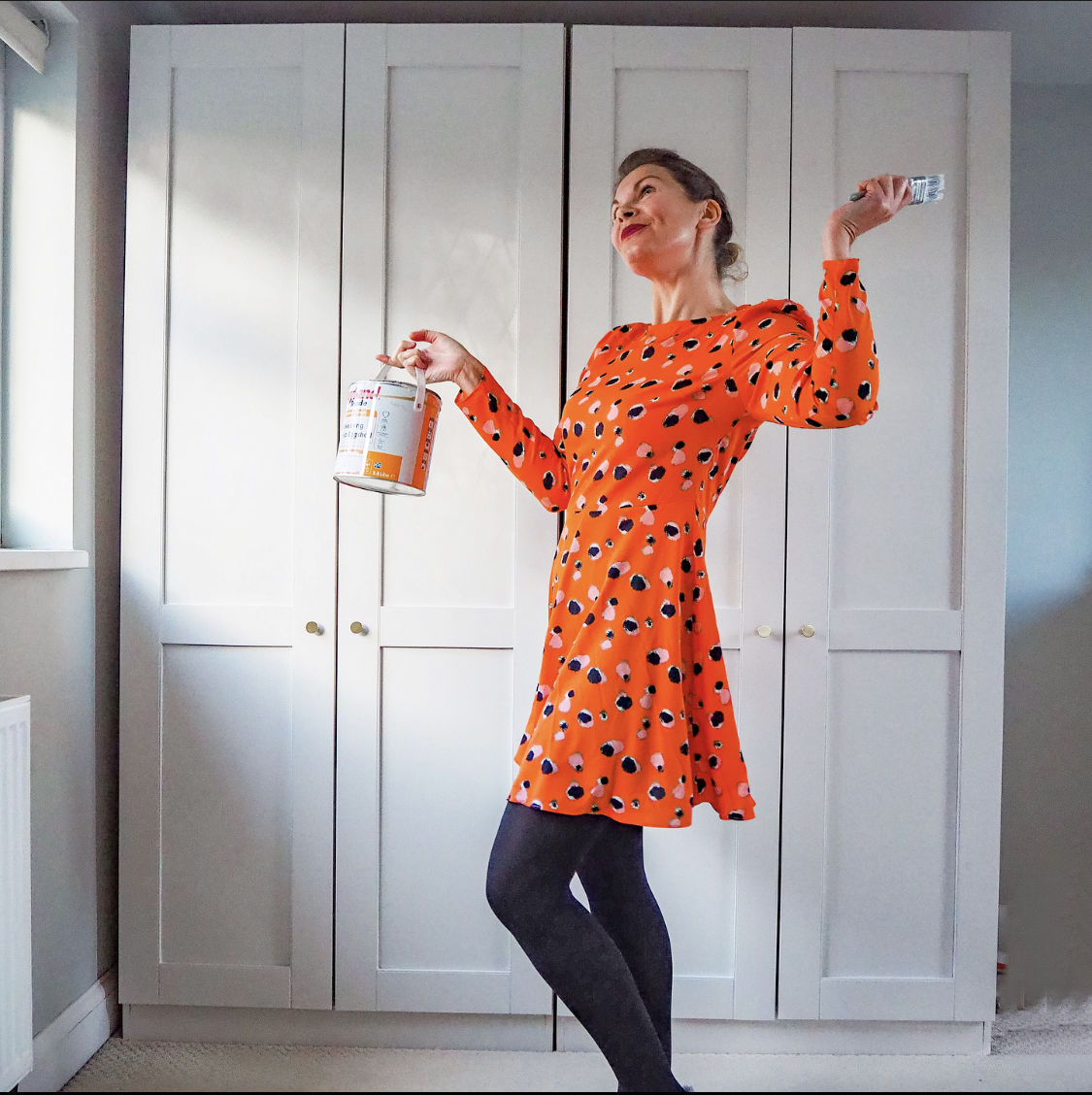
Interior decorating is an art. It’s about creating an aesthetic, elegant, and harmonious interior that speaks volumes about the inhabitants’ personality. If you’re just getting started, this guide will provide you with a basic understanding of interior decorating, along with valuable tips to avoid common mistakes. Keep reading to discover more!
The Basics Of Interior Decorating
The field of interior decorating is vast and complex, but it primarily revolves around enhancing the visual and functional aspects of a space. Without a clear definition, however, it can seem overwhelming for beginners. To simplify, interior decorating is about selecting and arranging furniture, selecting color schemes, and accessorizing a home in a visually pleasant and functional way.
One can’t underestimate the importance of the basic principles of design in interior decorating. These include balance, proportion, emphasis, rhythm, and harmony. A good understanding of these principles provides a solid foundation for creating aesthetically pleasing interiors.
Furniture, color schemes, and accessories like curtains, rugs, and art pieces play pivotal roles in the overall look and feel of a space. Here, it is important to consider the functionality of each element. For instance, a blue and white quilt can enhance the aesthetics of a bedroom while also providing warmth and comfort.
In addition, factors such as lighting, texture, and pattern also influence the aesthetic appeal and functionality of an interior. For example, strategic lighting can emphasize certain surfaces or decorative pieces, thereby enhancing their visual appeal.
Steps To Plan Your Next Decorating Project
Before you jump into your next decorating project, proper planning is crucial. Begin by visualizing your ideal space, considering your lifestyle, personal taste, and individual needs. Do you prefer a modern or traditional design? Do you need child-friendly furniture? Answering such questions can lead you to a design that is uniquely yours.
Mood boards or vision boards can also be helpful in this stage. They allow you to gather your thoughts and create a visual representation of your ideal space. You can include anything from color palettes to furniture styles or even patterns that catch your eye.
Once you have a clear picture of what you want, it’s time for the actual planning. This includes developing a budget, deciding on color schemes, choosing furniture, and selecting accessories. It’s also important to consider the placement of each item and how they interact with each other. Will they create a harmonious and functional space?
Remember, patience is key—rushing can lead to poor choices, inadequate planning, and ultimately a dissatisfied result. Always take your time to contemplate and make the best possible decisions for your interior.
Important Elements In Interior Decorating
The balance between functionality and aesthetics is everything in interior decorating. It’s not just about creating beautiful spaces, but also about ensuring a space is comfortable and serves its purpose. Here, furniture, color schemes, and accessories come into play. They should not only look good but fulfill the functional requirements of a space.
The volume and size of the furniture should match the size of the space. Overcrowding or under-decorating a space can create a feeling of discomfort or emptiness. Similarly, selecting the right color scheme can make or break your interior design. Different color palettes can create different moods—for example, neutral colors are known for their calming effect.
Accessories add the final touches to your space. They might include items like cushions, rugs, curtains, lamps, and artwork. These elements add depth to a room and enhance its overall aesthetic appeal.
To achieve a balanced look, remember the principles of design mentioned earlier: balance, proportion, emphasis, rhythm, and harmony. They will guide you in creating a space that looks and feels just right.
How Does Color Psychology Play A Role In Interior Decorating?
Color psychology is a key strategy in interior decorating. The psychology of color revolves around the idea that different colors can influence mood, emotions, and behavior. For instance, warmer colors like red and yellow can evoke feelings of warmth and comfort, while cooler colors like blue and green are noted for their calming effects.
Using color psychology in your decorating plans can help create an ideal mood in each room. For instance, you might choose relaxing colors for your bedroom to promote a peaceful sleep environment, and vibrant colors for your living room to create an energetic vibe.
However, it’s equally important to ensure the colors you select align with your personal taste and the style of your home. A color that you love or that resonates with your design aesthetics is always a good choice. After all, your home should reflect you and your personality.
Color does not only have to appear on walls. A piece of furniture, a rug, a painting, or even a throw pillow can introduce color into a room. So, do not shy away from using colors in your design—they can breathe life into your interior.
Altogether, interior decorating may seem daunting, especially with so much to consider. However, by understanding the basics, planning thoroughly, considering important elements, utilizing color psychology, and avoiding common mistakes, you can create a beautiful and functional space that reflects your style and personality. Happy decorating!
Post in collaboration